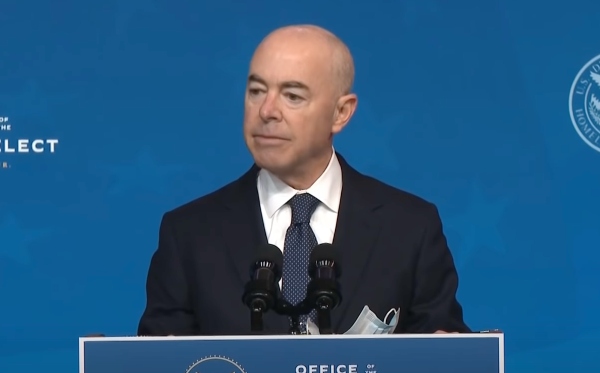
For the long-term study, researchers followed the activity levels of more than 400 preschoolers and compared it to their heart health. The children were aged 3 to 5 when the study began, and they were followed for three years.
During that time, researchers analyzed heart health markers such as blood pressure, arterial stiffness, and cardiovascular fitness. To determine arterial stiffness, they looked at how fast the children’s pulses traveled through their bodies and used ultrasounds to measure their carotid artery’s stiffness. Cardiovascular fitness, meanwhile, was determined by checking how long they could endure a treadmill test and how quickly their heart rates bounced back following exercise.
On top of that, the children’s physical activity was measured for one week each year through an accelerometer worn around their waist, providing information about the amount and intensity of their activities.
Although everyone’s arteries stiffened over time, the researchers found that the process is slower in children who are more active and those whose cardiovascular fitness rankings were higher. Not surprisingly, while any activity enhanced cardiovascular health, more intense activity provided the greatest benefits. While both genders benefited, it’s worth noting that only the girls noted a positive influence on their blood pressure from physical activity.
Canada Research Chair in Child Health & Exercise Medicine Brian Timmons, a supervisor of the research, commented: “Children benefit the most from energetic play, which means getting out of breath by playing games such as tag. And the more, the better.”
He added that the activity doesn’t need to take place all at once to be effective; being active throughout the day is ideal. He suggests that children engage in activities of a higher intensity such as running, jumping and skipping.
The study’s lead author, Nicole Proudfoot of McMaster University, told CTV News that she was surprised to see how much being less active early in life could impact blood vessel health because children tend to have very healthy arteries in general.
She said that one way young people can get more activity is via changes to school curriculum. Because young children don’t generally get all the physical activity their bodies need, changes in policies in kindergartens and daycares could go a long way toward fixing the problem.
A lack of recess is affecting children physically and mentally
Unfortunately, the opposite trend can currently be seen in schools around the country. A large survey of more than 15,000 children found that 30 percent either had no recess or just a minimal break during the day of less than 15 minutes. They also found that children from lower-income families, black and Hispanic children had a greater likelihood of being deprived of recess.
The amount of free play and unstructured time kids have in school has dropped dramatically since the 1970s, and the study’s authors believe this can be attributed to the pressure on schools to improve their students’ reading and math test scores. However, reducing recess time may have the opposite effect as kids who are stuck in a classroom all day without taking a break not only learn less efficiently; they’re also likely to be less attentive.
The lack of recess is also contributing to the tripling in childhood obesity rates we’ve seen in the last few decades.
The science makes it clear that recess is a lot more useful for children than it might seem, impacting their physical and mental health in a very big way. When you consider the amount of time that children spend at school, there is a tremendous potential for their health to be protected well into adulthood simply by allowing them more time to play outdoors.
Sources for this article include:
Please contact us for more information.























